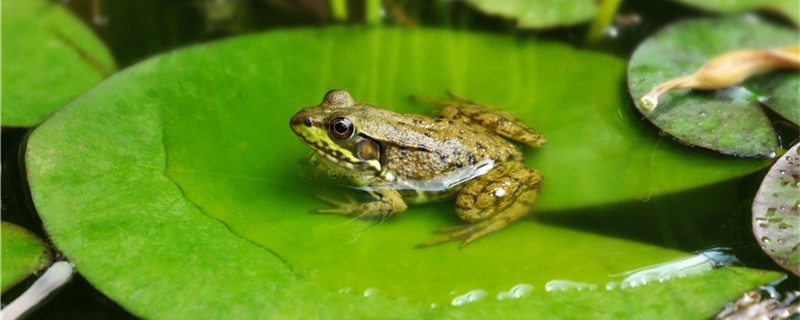 1. How long can frogs stay underwater
1. How long can frogs stay underwater Frogs are typical representatives of amphibians. As amphibians, they can move on land as well as in water. When frogs are young and tadpoles, the respiratory organs they use are that they can stay in the water all the time. In fact, they can't get out of the water at this time, so they need to move in the water all the time. When frogs are adults, they can often move on land. However, at this time, they will not stay on land all the time, and sometimes they will move in the water. At this time, the respiratory organ they use is the lungs, which can make them breathe smoothly on land. However, it is impossible for them to breathe only in their lungs, and they need skin assistance, which requires them to move in the water from time to time to keep their skin in a moist state.
Because frogs breathe mainly through their lungs in adulthood, they cannot stay in water for long. Generally speaking, frogs can only stay for about 20 minutes. Of course, specific to each individual frog, the time they can stay in water is different, some stay longer, and some frogs stay shorter. However, even frogs who stay in the water for a long time can't stay in the water all the time, because they breathe mainly through their lungs after all.
2. Can frogs breathe in waterAs mentioned above, frogs can naturally breathe in water when they are tadpoles, because their respiratory organs at this time are gills. However, when frogs are adults, they mainly breathe through their lungs, and their skin also plays a certain auxiliary role. At this time, they just can't breathe in water. Although they sometimes go to the water, they can't stay in the water for a long time because they can't breathe smoothly in the water.